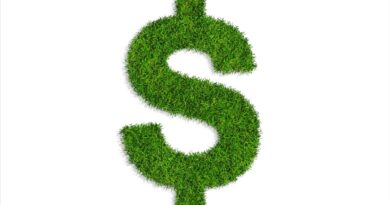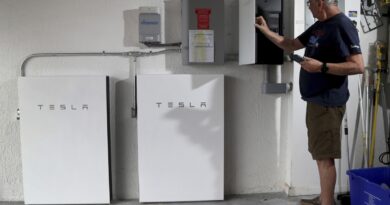VCs joining the climate race should scare the daylights out of you
Venture capital, as an asset class, is an industry of short-term wins. Most funds have a 10-year cycle: two years of initial investments; then two to three years of company building and follow-on investments; after that, five or six years of thumb-twiddling and waiting for the ship to come in, and maybe placing a last bet on the most promising companies in the fund portfolio.
This model forms part of a VC’s investment thesis; it also includes where the leads for potential investment come from (known as “sourcing”), along with the investment stage (pre-seed, seed, Series A, etc.), and any geographic or vertical or market limitations to the fund. The investment cycle has remained remarkably consistent over the history of venture capital: Wait 10 years, and the funds invested have (hopefully) multiplied.
The upshot of these investment cycles is that venture capital is best positioned to invest in the type of companies that are in a hot market, with predictably high user and revenue growth, and a somewhat obvious liquidity event outcome, whether through acquisition or IPO. All of this is why subscription-based companies — and in particular cloud-based subscription software companies — are so well suited to VC investment. B2B SaaS companies that know the market, know how to leverage data-driven growth and have a clear customer acquisition funnel are as close as it gets to a safe bet in venture.
Another “sure-fire bet” for venture capitalists is when the future can be predicted, even a little bit. Big shifts in legislation is one example: Build software that helps companies stay in compliance with certain laws likely to pass soon, and you know you have a guaranteed customer base. Another sure-fire bet with a guaranteed user base: Watching the population curve and realizing there are a lot of people about to retire and need support. None of this is new; VC firms have built specialized theses around these types of huge moves.
A recent McKinsey report suggests that “investments in climate technology are still increasing, defying the headwinds that affected most capital markets.”
Both VCs and founders alike love to talk about how they want to make the world a better place. That’s lovely and all, and it may even be true for some of them. But make no mistake: Venture capital is an asset class like any other, and general partners have a fiduciary responsibility to their limited partners. Everyone may agree that it’s lovely to make the world better, but unless the investors start to see a return on their investments, that firehose of investment very quickly gets reduced to a trickle.
VCs joining the climate race should scare the daylights out of you by Haje Jan Kamps originally published on TechCrunch





